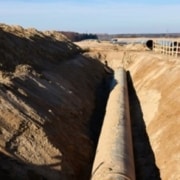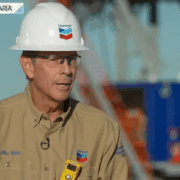Targa Resources Corp. has agreed to acquire Stakeholder Midstream LLC in a $1.25 billion all-cash transaction that deepens its presence in the Permian Basin. Stakeholder’s system includes about 480 miles of natural gas pipelines, roughly 180 MMcf/d of cryogenic processing and sour gas treating capacity, carbon capture activities that qualify for 45Q tax credits, and a small crude oil gathering network. The assets are backed by long-term, fee-based contracts across approximately 170,000 dedicated acres with low-decline production, providing Targa with a durable volume and cash flow profile.
The company expects the acquired system to generate about $200 million in annual unlevered adjusted free cash flow, with limited ongoing capital needs and modest integration costs. Targa plans to fund the purchase with existing cash and its $3.5 billion revolving credit facility, with closing targeted for early 2026 subject to customary regulatory approvals. For market participants, the deal underscores continued consolidation in midstream infrastructure and highlights the strategic value of sour gas treating, carbon capture, and fee-based contracts in a growing Permian Basin, where rising natural gas demand from LNG exports and power generation supports long-term throughput.
Source: Seeking Alpha
Read the full original article here










